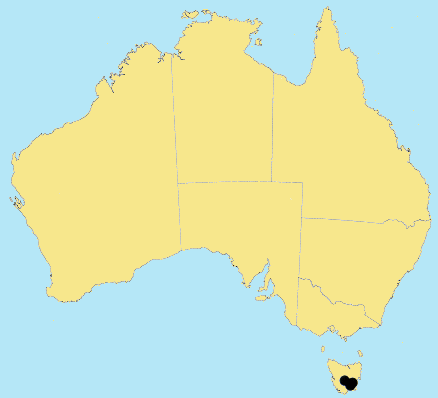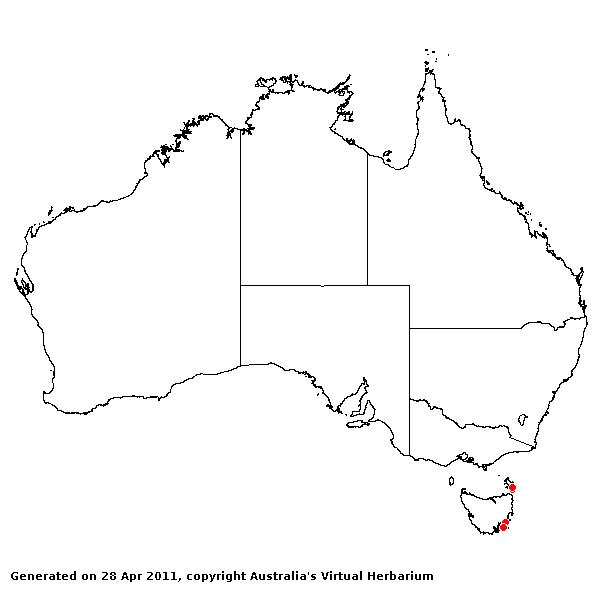Glyceria fluitans* (L.) R. Br. Prodr. 179
(1810).
Classification. (GPWG 2001) : Subfamily Pooideae.
Tribe Meliceae.
Basionym and/or
Replacement Name: Glyceria
fluitans L, Sp. Pl.
75 (1753).
Type of Basionym or
Protologue Information: Europe: Herb. Linn. 92/22 (LINN holo).
Key references
(books and floras): [1810]. R.Brown, Prodromus (179), [1878]
G.Bentham, Flora Australiensis 7 (657), [1952] C.A.Gardner, Flora of
Western Australia 1 Gramineae (102), [2002] D.Sharp & B.K.Simon,
AusGrass, Grasses of Australia, [2009] A.Wilson (ed.). Flora of Australia,
Vol 44A. Poaceae 2 (74).
Illustrations:
[1952] C.A.Gardner, Flora of Western
Australia 1 Gramineae (103, Pl. 29).
Habit.
Perennial. Culms erect or decumbent, 50–100 cm tall. Leaf-sheaths smooth,
glabrous on surface. Ligule an eciliate membrane, 5–15 mm long, acute.
Leaf-blades flat or conduplicate, 5–25 cm long, 3–10 mm wide. Leaf-blade
surface smooth.
Inflorescence.
Inflorescence compound, a panicle. Panicle linear, 10–50 cm long.
Spikelets.
Spikelets pedicelled. Fertile spikelets many flowered, with at least 2 fertile
florets (8–16), comprising 8–16 fertile floret(s), with diminished florets at
the apex, oblong, laterally compressed, 15–35 mm long.
Glumes. Glumes
similar. Lower glume oblong, membranous, without keels, 1 -nerved. Upper glume
oblong, 3–5 mm long, membranous, without keels, 1(–3) -nerved.
Florets. Fertile
lemma 5.5–7.5 mm long, without keel, 7 -nerved. Palea 2 -nerved. Palea apex
dentate. Lodicules present. Anthers 3. Grain 2.5–3 mm long.
Continental
Distribution: Europe, Africa, Temperate Asia, Australasia, North America,
and South America.
Australian
Distribution: Tasmania.
Tasmania: East Coast.
Notes. Introduced. A few
records from East Coast, Tas. Native to Europe, temperate Asia, North Africa, North America.




